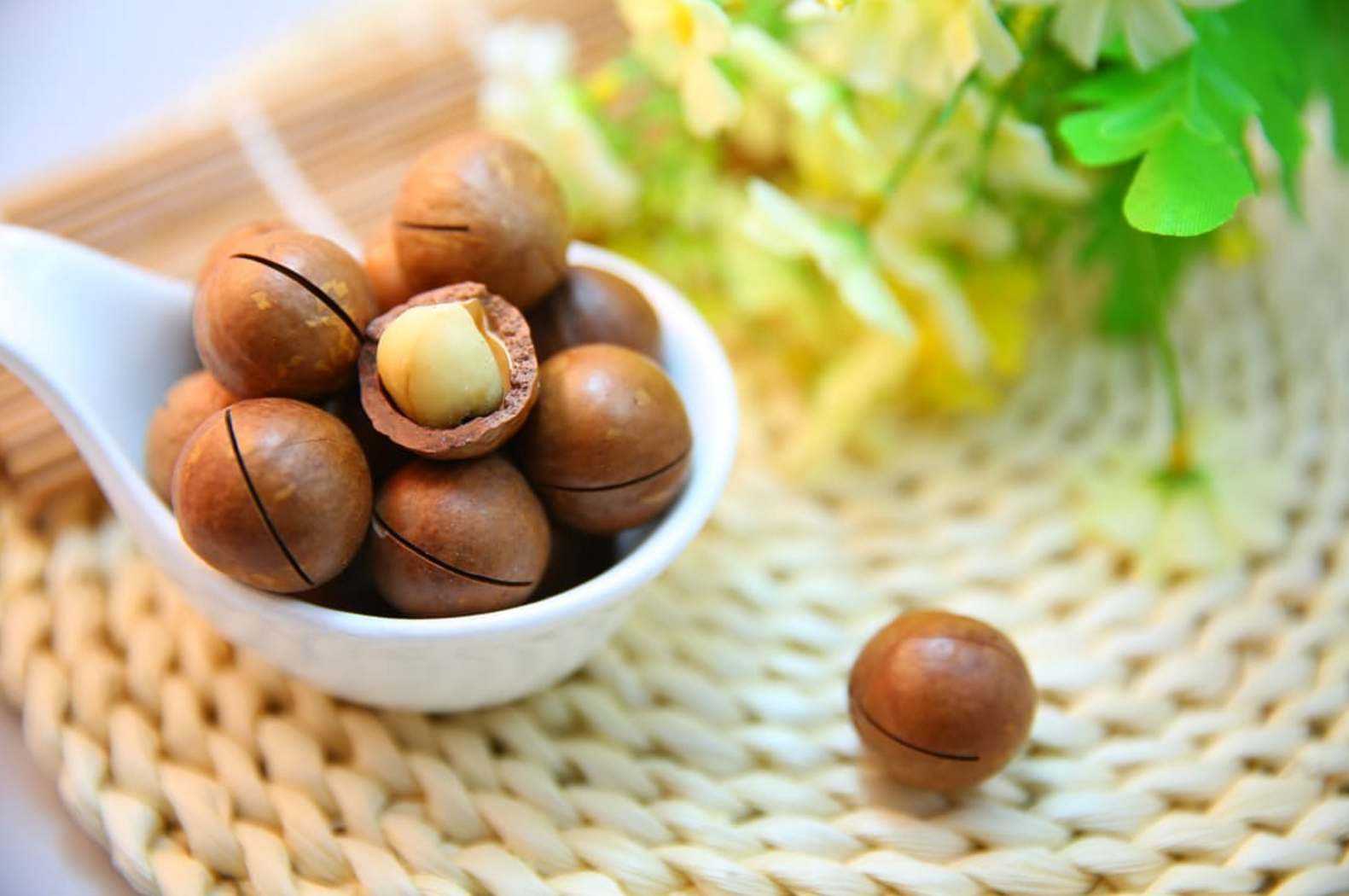Not for everyone, but maybe for you!
The dietary details for detox come in an assortment of shapes and sizes. Choosing the best one depends on each individual’s needs. Someone looking to chelate heavy metals, for example, is going to be best served by a different protocol than someone looking for a basic sugar detox. For the majority of people seeking a gentle, general detoxification, however -perhaps a seasonal or annual cleanse- there are a few simple rules to follow for a healthy, choose-your-own-adventure sort of cleanse.
Go nuts!
Macro Essentials
Protein plays an essential role in any healthy cleanse and the quality of that protein is equally crucial. Leading up to -and out- of the peak of the detox bell curve, healthy protein options include grass-fed meats, free-range eggs, wild caught fish, shellfish, and wild game. Ease off the animal protein as you head deeper into the cleanse to reduce heavy lifting required from the kidneys; white fish and bone broth are excellent transitional proteins in this phase. At the peak of the cleanse, switch over to a quality plant protein powder. Look for ingredients primarily made up of plant extracts instead of stabilizers, sweeteners, or preservatives. Garden of Life makes excellent vegan protein powders suitable for a detoxification regimen. If you struggle to digest most plant protein powders, opt for a gentle, rice protein. Legumes in the diet will supply additional protein but rely on optimal gut function for thorough digestion. Some might find legumes irritating to the digestive tract until proper healing has taken place.
Enjoy carbohydrates as fruits, vegetables, and whole grains while avoiding all processed carbohydrates and added sugars. For whole grains and legumes, use preparation techniques such as soaking, sprouting, or fermenting to make digestion as easy as possible, especially leading up to and out of the peak of the cleanse. If you plan to include a day or two of liquid-only intake, taper these foods in and out accordingly. Another option is to peak the cleanse with a days or two of raw fruits and vegetables. If IBS is present, consider reducing or eliminating FODMAPS intake to avoid uncomfortable gut fermentation. This is also the time to spring for organic produce. Fresh frozen and gently dehydrated produce can be used but skip anything in a can. If you have access to a juicer or blender, employ these for fresh, hydrating, and nutrient rich beverages. And don’t forget to include some fermented vegetables and mineral-rich vegetable broths!
I soaked these for you.
Fat intake is generally lowered during a cleanse as the nutrient priority shifts towards alkaline, cleansing foods. This encourages the body to break down fat tissue where toxins may be stored and release them for processing. But don’t avoid them outside of the detox’s peak; dietary fats are necessary for nutrient absorption and encourage the liver to produce the bile that’s needed to sweep toxins into the waste system. The best fats to enjoy in moderate and tapered quantities during a cleanse are short and medium chain triglycerides. These require limited work by the liver for processing. Clarified butter or ghee, and extra virgin olive oil are great fats to enjoy leading into and out of your cleanse, and coconut oil can carry you through the peak days. These will increase energy and nutrient absorption.
Get Your Cleanse On
Below is an example of a how to set up your cleanse:
Extra Special Mention(s)
Certain foods deserve special attention during a cleanse for their health properties. Members of the brassica family are detox standouts; they contain compounds that increase detoxification activity (steam lightly if you deal with thyroid issues or be sure to add natural iodine from seaweed). Beets help to purify the blood and aid in cellular repair while avocados add a good dose of fiber and vitamin E; hello guacamole! Garlic and onions are a source of sulfur, an important nutrient in Phase II detoxification. Antioxidant rich foods -especially those high in carotenoids like red, orange, and yellow produce- are important to combat free radical production during detoxification. Microgreens and green powders contain easily absorbed micro-proteins and high levels of antioxidants, chlorophyll, and enzymes.
Xoxo, gossip kale
Many herbs and spices also contain compounds helpful to detox. Dandelion (both the root and leaf) and milk thistle are two superstars, both available in capsule form or as tea. Curcumin, the active compound in turmeric, is used to slow Phase I detoxification while inducing Phase II which is preventative against cancer and other diseases. Cilantro, red clover, and nettle are other supportive additions to a cleanse.
If dairy is tolerated, raw milk is one of the best dietary source of glutathione. And if you can find it, raw yogurt will support gut function leading into and out of the cleanse.
Your liver + milk thistle = so fresh and so clean, clean.
Cool, but...
But maybe you're not a DIYer, or perhaps you like the community support of a group cleanse. Or maybe you're trying to tackle specific symptoms with this cleanse. I hear you! Drop a note on my contact me page for more information about my guided detox programs.






